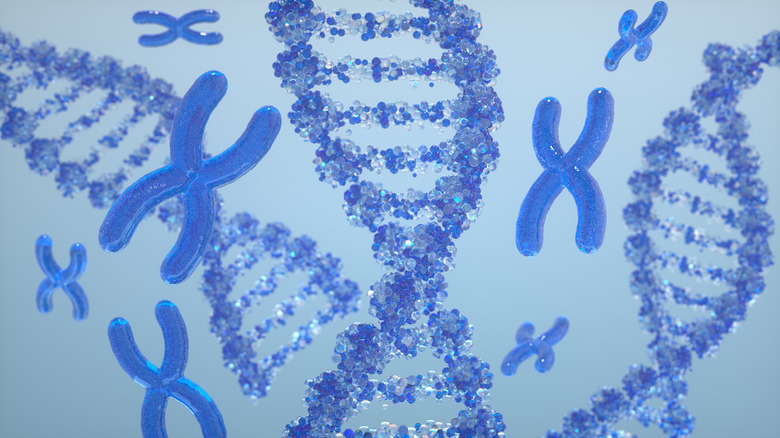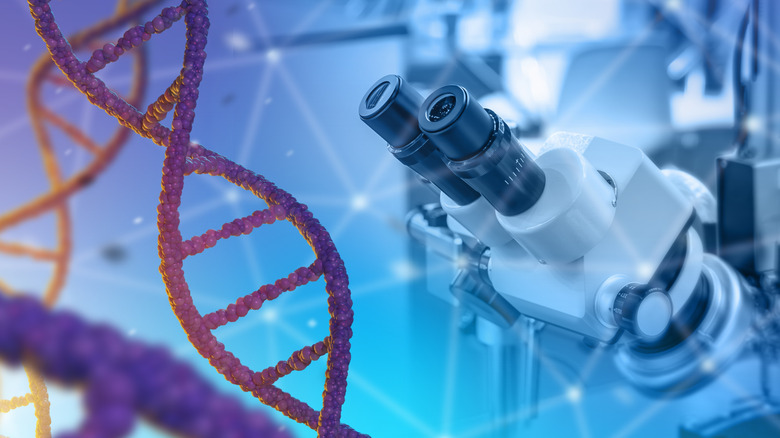'Junk DNA' May Actually Play A Vital Role In Gene Control
The human genome is chock full of what scientists once considered "junk DNA." This DNA is actually something called transposable elements, or TEs. These are repetitive sequences found in the genome that originated from ancient viruses. However, over the past several million years, they've grown to make up more than half of the human genome, thanks to years of the body copying and pasting the code.
Despite making up so much of our genome, scientists have spent decades believing that these sequences of our DNA had no real purpose to serve. This "junk DNA," as many viewed it, has thus remained quite a mysterious part of our evolutionary past. Why did we never evolve past it? Answering that question could eventually help us in our quest to create working, artificial DNA.
Well, new research published in Science Advances on the human genome appears to have shed some light on the purpose of this DNA. That's right, instead of just being junk, scientists say that this DNA might actually have an important purpose after all. According to a new study published this year, these sequences appear to control the activity of genes near then, thus acting as genetic "switches."
Not just useless code
One of the reasons it has taken us so long to learn more about TEs is because of how similar they appear to be. This similarity makes it difficult to study individual TEs, as it's hard to tell when one sequence is different from another. However, the researchers involved in this study say they came up with a new way to classify them.
Instead of using the standard tools for annotating DNA sequences, they started grouping together different MER11 sequences based on their evolutionary relationships, as well as how well preserved their primate genomes were. This allowed them to view the TEs in a different light altogether.
By classifying the sequences in a different way, researchers were able to find new patterns of gene regulation. They compared different MER11 sequences to others and found that each sequence appears to harness control of some other genetic switches located near them in the human genome. Considering how vast the human genome is, and how much genetic editing has advanced in the past several years, understanding exactly how these portions of our genome impact others is going to be vital for pushing genetics research further.
This new model doesn't tell the entire story, of course. But it does help us better understand how the "junk DNA" in our genome is actually affecting the other sequences of DNA around them. And, it brings us one step closer to understanding how human evolution has helped shape the genetics of our entire species.

